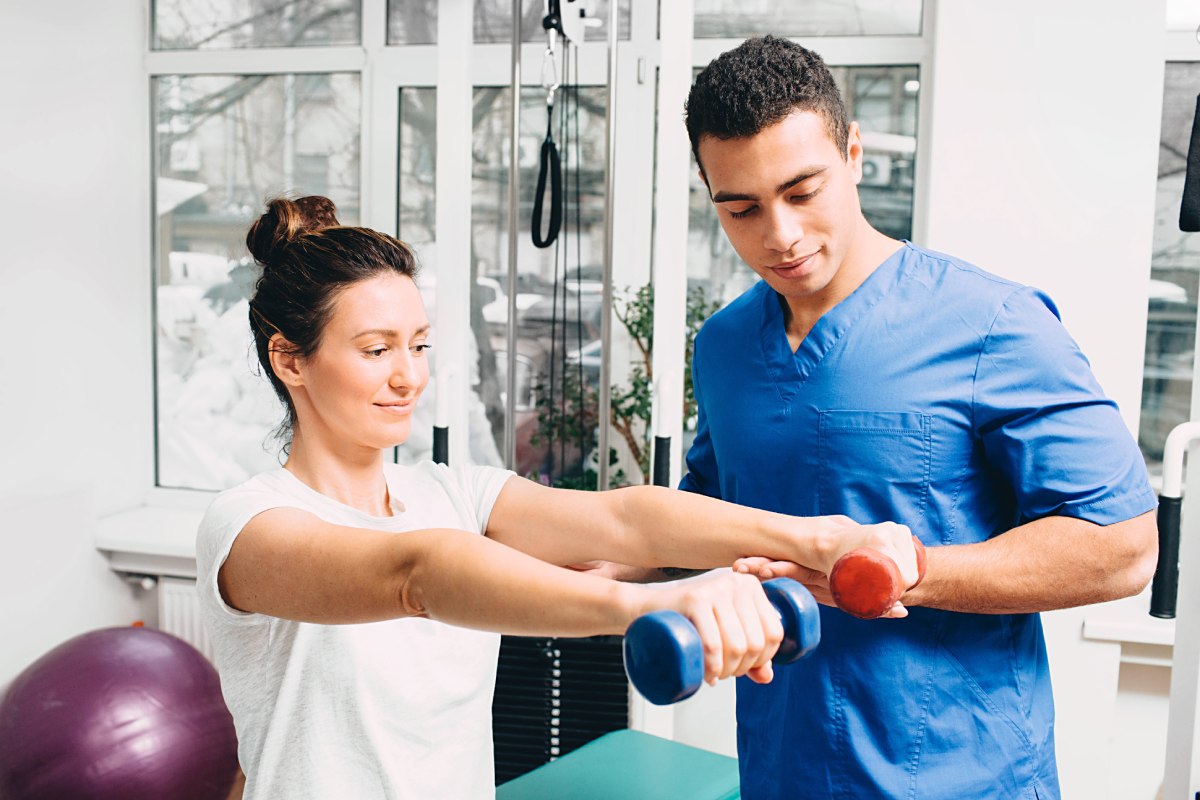
When you’re an athlete, whether professional or recreational, staying in peak condition is essential. Yet, even with the best preparation, injuries can happen. That’s where sports physical therapy steps in—not just to help you recover, but to get you back in the game stronger and more resilient than before. By combining targeted treatments, preventative strategies, and performance-focused exercises, sports physical therapists play a crucial role in keeping athletes at their best.
Targeted Injury Rehabilitation
The first step in sports physical treatment is a thorough evaluation of the injury. Because each athlete’s rehabilitation plan is unique, it ensures that treatment gets to the root of the problem instead of just treating the symptoms. For example, if a runner sustains a hamstring strain, the program may include progressive stretching, strengthening drills, and gait retraining to reduce the risk of recurrence. Close collaboration with orthopedic doctors ensures that the treatment plan aligns with the injury’s severity and the athlete’s long-term performance goals.
Manual Therapy for Pain Relief and Mobility
Manual therapy techniques—such as joint mobilisations, soft tissue massage, and myofascial release—are used to reduce pain, improve blood circulation, and enhance mobility. These hands-on approaches can speed up recovery by promoting tissue healing and reducing inflammation. They’re particularly beneficial for sports-related overuse injuries, such as tennis elbow or rotator cuff strains, where restoring joint mechanics is crucial to returning to play.
Therapeutic Exercise for Strength and Stability
Building strength and stability is a cornerstone of sports physical therapy. The purpose of exercises is to strengthen weak muscle groups, make you more balanced, and make your core more stable. All of these things help you perform better and avoid injuries. For example, plyometric training can help basketball players improve explosive power, while resistance training benefits soccer players by boosting lower-body strength. These programs are often adjusted throughout recovery, ensuring gradual progress without overloading healing tissues.
Neuromuscular Re-Education
After an injury, the connection between the brain and muscles can be disrupted, leading to impaired movement patterns. Neuromuscular re-education helps restore these patterns through specific drills, balance training, and agility exercises. For athletes, this is vital—poor movement mechanics not only hinder performance but can also increase the risk of re-injury. By retraining coordination and timing, sports physical therapists help athletes move efficiently and confidently on the field.
Sports-Specific Conditioning
One of the biggest advantages of sports physical therapy is its focus on sport-specific conditioning. This means the exercises and drills mirror the movements and demands of the athlete’s sport. For instance, a baseball pitcher may focus on rotational core exercises and shoulder stability, while a sprinter might work on stride length, hip mobility, and explosive acceleration. These targeted programs ensure that when athletes return, they’re prepared for the unique challenges of their game.
Injury Prevention Programs
Prevention is just as important as treatment. Many sports physical therapists offer screenings to identify weaknesses, imbalances, or risky movement patterns that could lead to injury. Using this information, they design preventative programs that include strength training, flexibility routines, and sport-specific warm-ups. By taking care of possible problems early on, players can cut down on downtime and keep performing at their best all season.
Collaboration for Complete Care
Sports physical therapy often involves a team approach. Physical therapists, athletic trainers, and orthopedic doctors work together to ensure that every aspect of the athlete’s recovery and performance is considered. This collaboration ensures a smoother transition from injury rehabilitation to full participation, while minimising the risk of setbacks.
Final Thoughts
Sports physical therapy is more than just injury recovery—it’s about keeping athletes strong, agile, and ready to perform. From manual therapy to sport-specific conditioning, these techniques not only get players back in the game but also help them stay there. With the right guidance and a commitment to preventative care, athletes can push their limits with confidence, knowing they have the tools and support to keep performing at their best.
